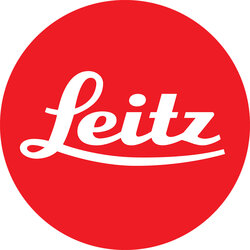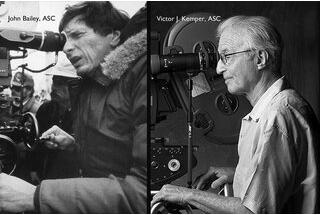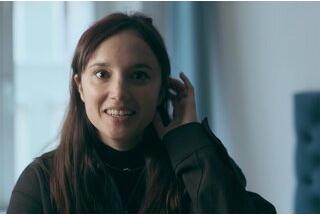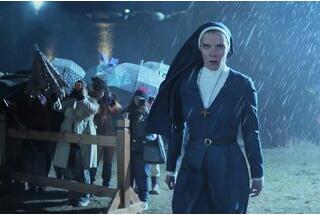About Leica’s New Thalia Lenses
How cinematographer Yves Angelo used them on Agnès Jaoui ’s "Place publique"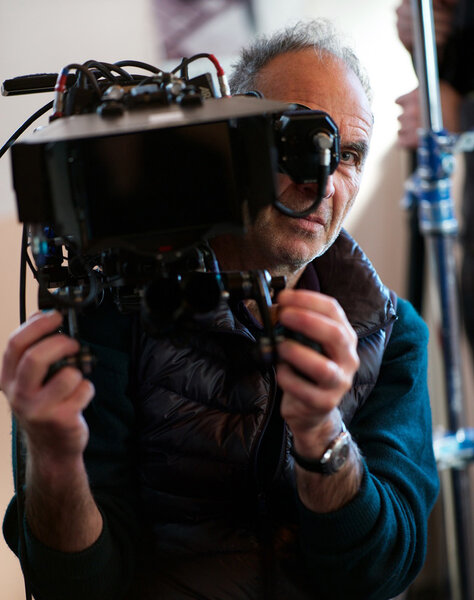
Agnes Jaoui’s Place Publique stars Jean-Pierre Bacri, Agnès Jaoui, Helena Noguerra, Léa Drucker and many others who gather over one day and one night for a housewarming party.
Principal photography took place in August and September 2017. At the very start of pre-production, Yves Angelo suggested that Agnès Jaoui shoot in Vistavision 8K with a RED large-sensor camera. The director instantly agreed as, beside its specific resolution, that camera would allow her to isolate two, even three characters among a very lively crowd.
For that is the very purpose of Place publique: to show how people are brought - forced? - to bare their very souls during a crowded party.
With a large-sensor camera, one captures wider and deeper than one would with a standard-sensor 35mm camera.
For instance, affixed to a large-sensor camera, a Thalia 45mm has a focal length equivalent to that of a 25mm attached to a standard-sensor camera.
Yet, the characteristics of the focal length, e.g. perspective and a lesser depth of field, allow one to easily isolate the protagonists, even in a wide shot.
Keep in mind that the field of view of a lens depends on the size of the camera sensor it is affixed to.
Once the principle of a large-sensor camera was adopted, Yves Angelo tested various lenses that were large-sensor-compatible: Leica Thalia, Cooke S7, Sygmas and rehoused Mamiya lenses.
The Leica Thalia were finally chosen for three main reasons:
Yves Angelo likes soft contrasts. He thinks some lenses too often provide "an illusion of resolution due to an inherent strong contrast rather than true optical qualities." In general, he is wary about what he calls "sensationalistic" lenses - which is why he appreciates the specific quality provided by the entire Leica range of lenses: resolution and softness combined.
He was also pleasantly surprised by a real difference in color rendering, by the depth of colors and by the fact natural-sun effects were captured with unexpected "mattness".
And he still admires the quality of the focus and the "bokeh" Leica provides.
In Place publique, he used six Thalia lenses: a 30mm (equivalent to a 18mm on a standard sensor), a 35mm (equivalent to a 21mm), a 45mm (equivalent to a 25mm), a 70mm (40mm), a 100mm (65mm) and a 180mm (100mm).
He notes that the fact Thalia lenses open at T:2.6 allows one to shoot both day and night indoors along with, for outdoors night shoots, a modicum of extra light. He dreams someday he will be able to shoot with big-sensor lenses that will have the same qualities as Leica Thalias, but with a faster T-stop.
His first assistant camera, Kevin Laot, emphasizes the fact that focus pulling is far more pleasant, since the distance to "pull" is well balanced. His job as a focus puller is as delicate as using anamorphic lenses for Scope films. He carefully assesses the one spot on the set that he is always to focus on, for the depth of field can be uncannily narrow, even if Yves Angelo endeavors to keep the aperture around T:4.0
Painting a scathing portrait of our society "where everyone - through social networks - is now famous every second of their lives”, Place publique will be released in early 2018.
Interview conducted by Ariane Damain Vergallo on behalf of CW Sonderoptic - Leica, and translated from French by Henri Béhar.
 En
En
 Fr
Fr